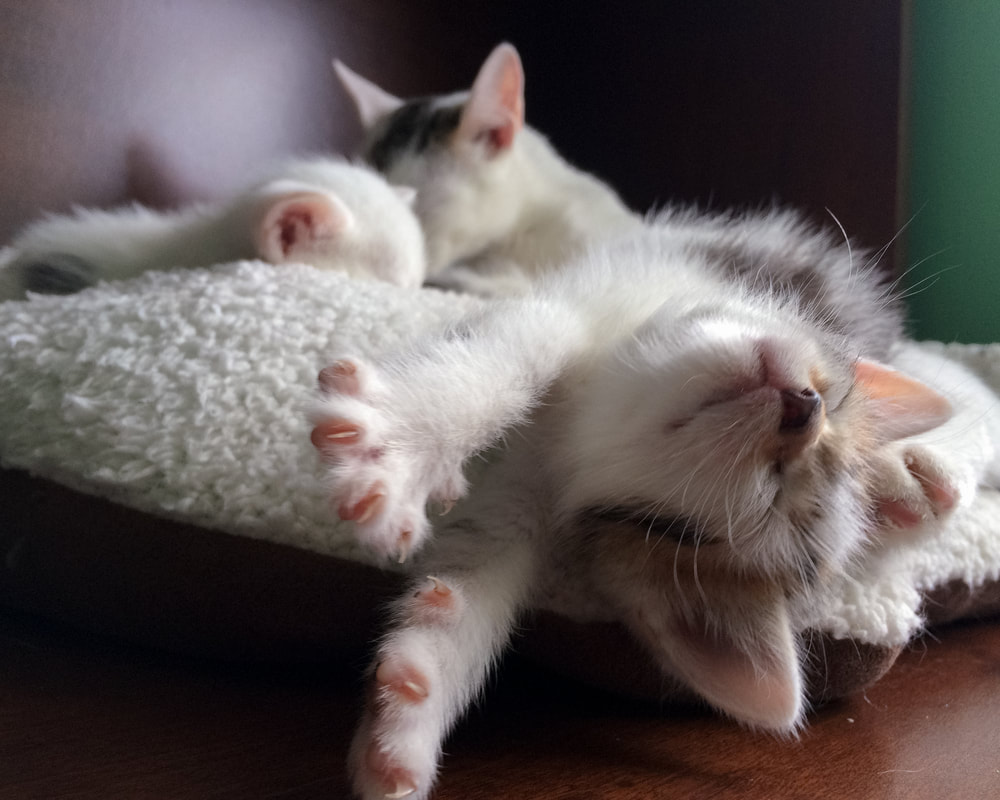|
Declawing is a cruel and inhumane procedure that is harmful to cats, and thankfully its use has now been barred in yet another jurisdiction. This week the Newfoundland and Labrador College of Veterinarians in Canada passed a resolution barring its members from performing the procedure beginning in January 2019.
The declaw procedure involves more than just removing a cat’s nail. In fact, the whole last bone of the toe is removed, altering the way the cat’s foot strikes the ground and changing their gait, which can lead to pain in the feet and back. Declawing can also cause nerve pain and behavioral issues. For example, when a newly declawed cat experiences pain when pawing litter in their box, they can come to associate the litter box with pain in general and cease using it properly. Around the world, declawing is banned or restricted in at least 22 countries, including much of Europe, the U.K., and Australia. Newfoundland and Labrador will be the fourth province in Canada with regulations against declawing, joining Nova Scotia, British Columbia, and Prince Edward Island. In the U.S. a number of cities in California have enacted declawing bans and were joined by Denver, CO in November of 2017. There are many ways to deter and redirect inappropriate scratching, but remember, scratching is a natural way for cats to leave their scent, stretch muscles, and release energy. Visit our Cats & Claws page for more on the declaw procedure and tips for how to encourage appropriate scratching. Have you worked through scratching issues with your cat? Share your story and tips in the comments!
4 Comments
11/14/2018 08:54:36 am
Huge thanks to Newfoundland and Labrador College of Veterinarians in Canada for passing the resolution that aims to protect our cats! It's about time to celebrate because our cats deserve a better world! Declawing has never been an acceptable practice, especially for cats because it is not good for them. I hope that the passing of the resolution in Canada will serve as a perfect example for other countries to protect animal's rights too. Actually we still have a long way to go in terms of fighting for animals rights. But it's a good thing that we are progressing!
Reply
Although cat's claw appears to have minimal adverse effects, there aren't enough scientific research on it to confirm its safety. When ingesting cat's claw, some people have experienced dizziness, nausea, and diarrhea. The diarrhea or loose stools are usually moderate and go away after a few days of using the herb.
Reply
5/12/2022 05:04:03 am
Declawing a cat's toe at the first joint is an obsolete and needless treatment that removes not just the claw but also a piece of the bone. Many Canadian jurisdictions have outlawed the practice, however it is still legal in Ontario.
Reply
3/17/2023 12:01:54 am
Die Katze sieht wirklich niedlich aus. Sicherlich haben Sie eine Menge nützliches Wissen, um sich darum zu kümmern.
Reply
Leave a Reply. |
Details
AuthorAlley Cat Rescue is leading in the way in promoting humane and compassionate care for ALL cats. Archives
June 2024
Categories
All
|

 RSS Feed
RSS Feed